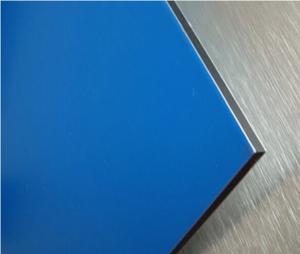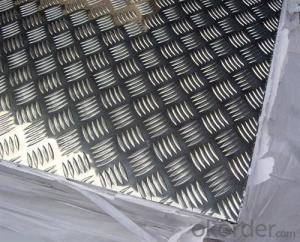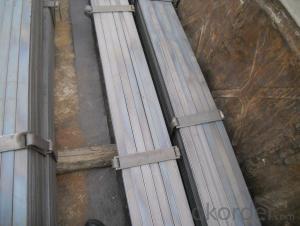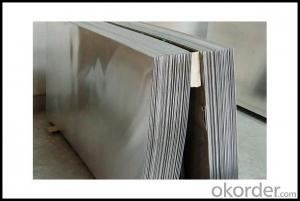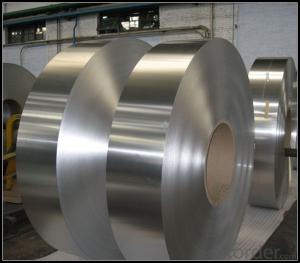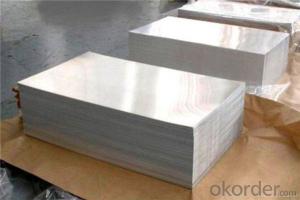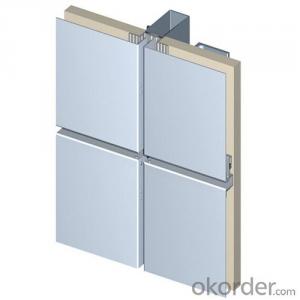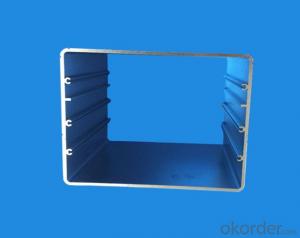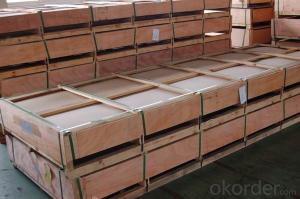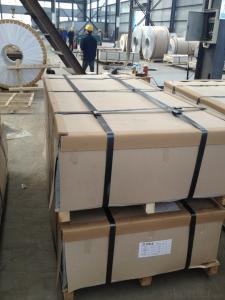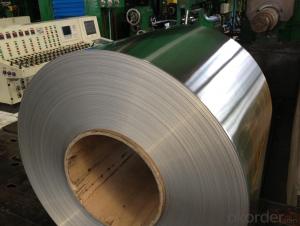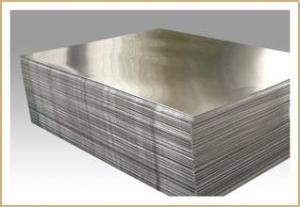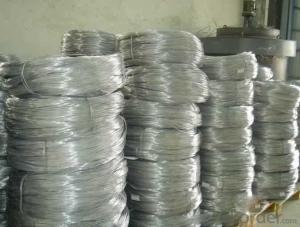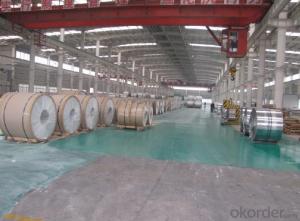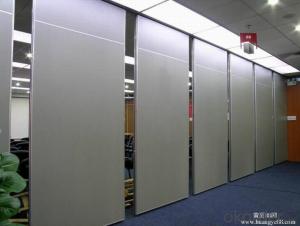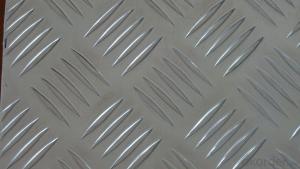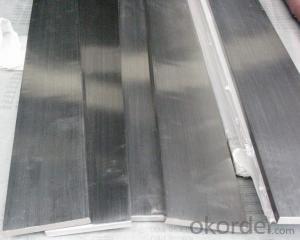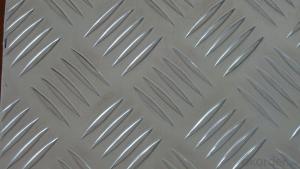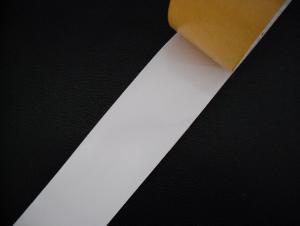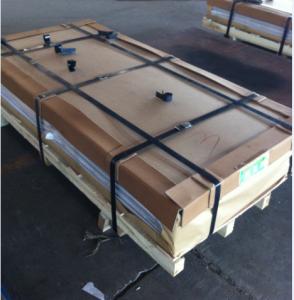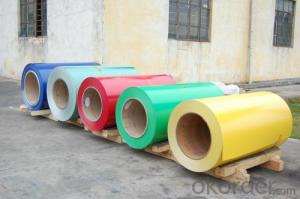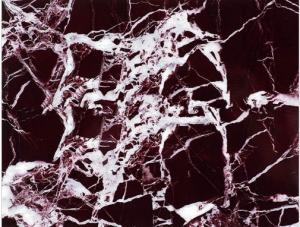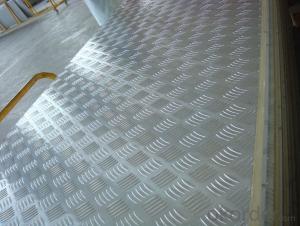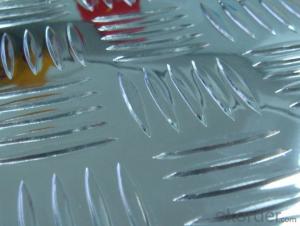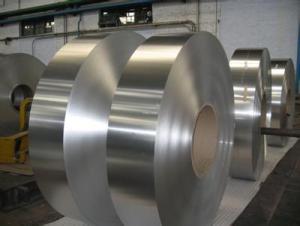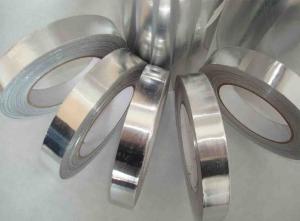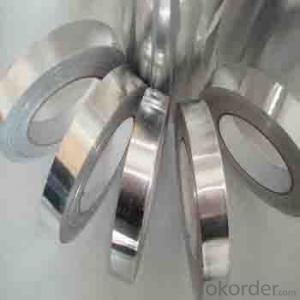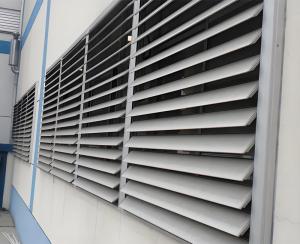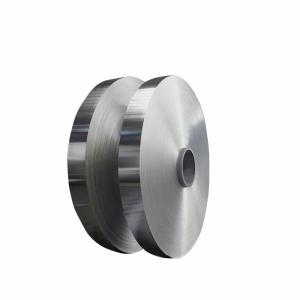3/4 Inch Aluminum Plate
3/4 Inch Aluminum Plate Related Searches
3/4 Inch Thick Aluminum Plate 3/4 Aluminum Plate 3/4 Thick Aluminum Plate 1/4 Inch Aluminum Plate 3 4 Inch Aluminum Plate 1/4 Aluminum Plate 1/4 Inch Thick Aluminum Plate 1/4in Aluminum Plate 1/4 In Aluminum Plate 1/4 Plate Aluminum 4 Inch Aluminum Plate Aluminum 1/4 Plate 1/4 Thick Aluminum Plate 1 4 Inch Aluminum Plate Aluminum Plate 1/4 Aluminum Plate 1/4 Inch Thick 3 4 Thick Aluminum Plate Aluminum Plate 1/4 Thick 3 4 Aluminum Plate 1/4 Inch Diamond Plate Aluminum 1/4 Inch Aluminum Diamond Plate 1/4 Inch Aluminum Plate 4x8 1 4 Inch Thick Aluminum Plate 4 X 4 Aluminum Plate 1 4 Aluminum Plate 4' X 8' X 1/4 Aluminum Plate Quarter Inch Aluminum Plate 1/4 Diamond Plate Aluminum 4 Mm Aluminum Plate 3/16 Inch Aluminum Plate3/4 Inch Aluminum Plate Supplier & Manufacturer from China
3/4 Inch Aluminum Plate is a versatile and robust metal product that is widely used across various industries due to its strength, durability, and corrosion resistance. This specific thickness of aluminum plate offers a balance between rigidity and flexibility, making it suitable for a range of applications. The 3/4 Inch Aluminum Plate is particularly useful in construction, automotive, aerospace, and manufacturing sectors where high-strength materials are required.The 3/4 Inch Aluminum Plate is utilized in numerous applications, including structural components, exterior cladding, and decorative elements. Its ability to withstand harsh weather conditions and resist corrosion makes it an ideal choice for outdoor projects. Additionally, this aluminum plate can be easily fabricated and machined, allowing for the creation of intricate designs and custom parts. It is also frequently used in the production of heavy-duty equipment and machinery, where its strength and lightweight properties are highly valued.
Okorder.com is a leading wholesale supplier of 3/4 Inch Aluminum Plate, offering a vast inventory to cater to the needs of various industries. As a reliable source for this product, Okorder.com ensures that customers receive high-quality aluminum plates that meet their specific requirements. With a commitment to customer satisfaction, Okorder.com provides competitive pricing and efficient shipping, making it a preferred choice for businesses seeking to purchase 3/4 Inch Aluminum Plate in bulk.
Hot Products

